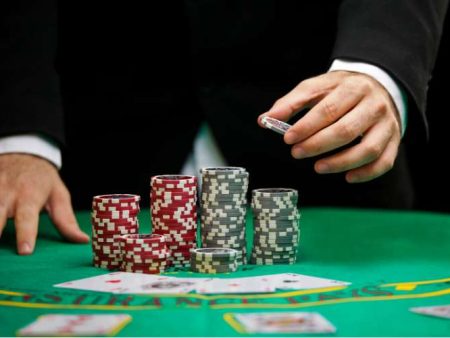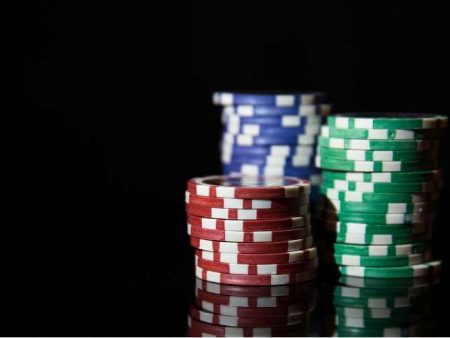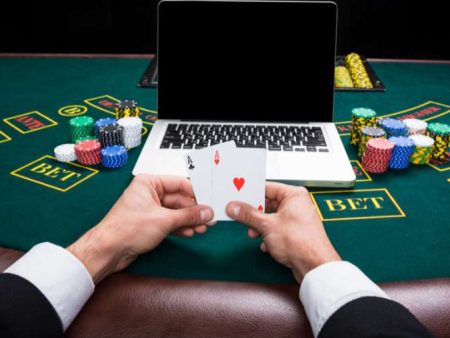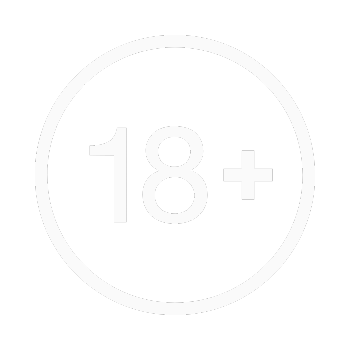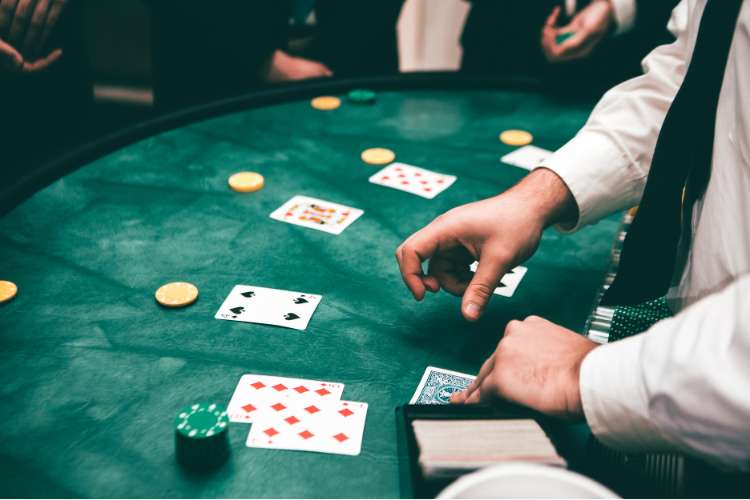
What's on this page
Blackjack is one of the most popular casino games worldwide, and its simple rules and thrilling pace make it a favourite among UK players. The key to becoming successful at Blackjack lies in making the right decisions at the right time. Whether you’re playing in a land-based casino or online, understanding when to hit, stand, double down, or split can significantly improve your chances of winning.
In this guide, I’ll walk you through the basic strategy behind each of these decisions, helping you sharpen your Blackjack skills. By the end, you’ll be better prepared to make strategic decisions and know exactly how to use a Blackjack strategy chart to maximise your winning potential.
Understanding the Basics of Blackjack
Before we dive into strategy, let’s make sure we’re on the same page with the rules of Blackjack. The objective is to beat the dealer by having a hand value closer to 21 than theirs, without going over. Each card in the deck has a value: cards 2-10 are worth their face value, face cards (King, Queen, Jack) are worth 10, and Aces can be either 1 or 11.
Now, let’s take a look at the four main actions you can take during a Blackjack hand: hit, stand, double down, and split.
The Importance of Basic Blackjack Strategy
The house edge in Blackjack can be significantly reduced if you play using the correct strategy. A well-executed basic Blackjack strategy ensures that you make the right moves, increasing your chances of winning over the long run.
Using a Blackjack strategy chart can be a great help. These charts are designed based on probability calculations, showing you what action to take depending on your hand and the dealer’s upcard. By following these charts, you can take the guesswork out of the equation and make statistically sound decisions.
When to Hit in Blackjack
Hitting means you ask the dealer for another card. It’s a move typically used when you need to improve your hand’s total value. Let’s look at when hitting is the best choice:
- When your total is 8 or below: You should always hit if your hand value is 8 or less. Even if the dealer has a strong upcard, you need to improve your hand.
- When your total is 12-16 and the dealer has 7 or higher: In this case, the dealer has a decent chance of winning, so you should take a risk and hit.
- When you have a hard total of 17 or below: If you don’t have a soft hand (a hand with an Ace), you’ll need to hit in most cases to improve your chances.
However, there are some situations when hitting is not advised. For example, if your hand total is 17 or higher, hitting will likely lead to busting.
When to Stand in Blackjack
Standing means you don’t take any more cards and choose to stick with your current hand. Standing is often the safest choice in Blackjack, especially when:
- You have a total of 17 or higher: This is a solid hand, and drawing another card would risk busting.
- You have a soft 18 (Ace and 7) or higher: In many situations, standing is the best option, particularly when the dealer shows a 2-8.
- The dealer has a weak upcard (4, 5, or 6): These cards are considered bad for the dealer, so it’s often better to stand and let the dealer potentially bust.
Remember, the key to standing is knowing when the risk of busting outweighs the chance of improving your hand.
When to Double Down in Blackjack
Doubling down means you double your original bet in exchange for one additional card. It’s a high-risk, high-reward move. Here are the best situations for doubling down:
- When you have a total of 11: This is the best time to double down, especially if the dealer shows a weak upcard (anything from 2 to 6). You have a strong chance of hitting a 10 or face card, which will give you 21.
- When you have a total of 10: You should double down if the dealer’s upcard is between 2 and 9. The dealer is more likely to bust, giving you an edge.
- When you have a soft 13-18 (Ace and 2-7): If the dealer’s upcard is weak, you can double down, as there’s a good chance of improving your hand without busting.
Doubling down can increase your payout, but it also comes with greater risk. Be sure to consider the situation carefully before doubling your bet.
When to Split Pairs in Blackjack
Splitting occurs when you have two cards of the same rank, and you choose to split them into two separate hands. Here’s when you should split pairs:
- Always split Aces and 8s: Splitting Aces gives you a better chance of landing a 10 on each hand and potentially hitting 21. Splitting 8s is a good idea because it turns a potentially weak hand (16) into two hands that could be improved.
- Never split 10s or face cards: A pair of 10s gives you a strong hand of 20, so splitting them is unnecessary. The same goes for pairs of face cards.
- Split 2s and 3s when the dealer has a weak upcard (2-7): This allows you to potentially improve your hand and take advantage of the dealer’s weakness.
- Split 7s when the dealer shows 2-7: Like splitting 2s and 3s, this can give you a better chance of improving your hand.
Splitting can be a powerful strategy when used correctly, but remember it can also be risky and change the flow of the game.
Understanding Dealer’s Upcard and Its Impact on Strategy
The dealer’s upcard is one of the most important factors in deciding whether to hit, stand, double down, or split. Here’s how to use it in conjunction with basic strategy:
- If the dealer’s upcard is 2-6 (a weak card): The dealer is more likely to bust, so it’s often better to stand with a decent hand and let the dealer take the risk.
- If the dealer’s upcard is 7 or higher (a strong card): You’ll want to play more aggressively, especially when your hand is weak. Consider hitting or doubling down in these situations.
The dealer’s upcard provides crucial information that can help you adjust your strategy accordingly.
Using Blackjack Strategy Charts
A Blackjack strategy chart is a valuable tool for both beginners and experienced players. These charts provide a simple guide for when to hit, stand, double down, or split, depending on the hand you’re dealt and the dealer’s upcard.
The chart is easy to read, with one axis representing your hand total and the other representing the dealer’s upcard. By cross-referencing the two, you can quickly see the best move. Many online casinos offer charts, and they can be used as a reference while playing to improve decision-making.
Advanced Tips for Improving Your Blackjack Strategy
While basic Blackjack strategy is essential, there are advanced techniques that can further improve your gameplay. Here are a few tips to consider:
- Card counting: Although not foolproof, card counting can help you keep track of the remaining high and low cards, giving you a potential edge.
- Bankroll management: Always set a budget and stick to it. Never bet more than you can afford to lose.
- Practice, practice, practice: The more you play, the better you’ll get at recognising patterns and making decisions quickly.
Conclusion
Mastering when to hit, stand, double down, or split is essential for becoming a successful Blackjack player. By following the basic strategy, using a Blackjack strategy chart, and paying attention to the dealer’s upcard, you can significantly reduce the house edge and improve your chances of winning.
Remember to always play responsibly, manage your bankroll, and enjoy the thrill of the game. The more you practice, the more confident you’ll become in your decision-making, ultimately enhancing your overall Blackjack experience.
Happy playing, and may the cards be in your favour!
